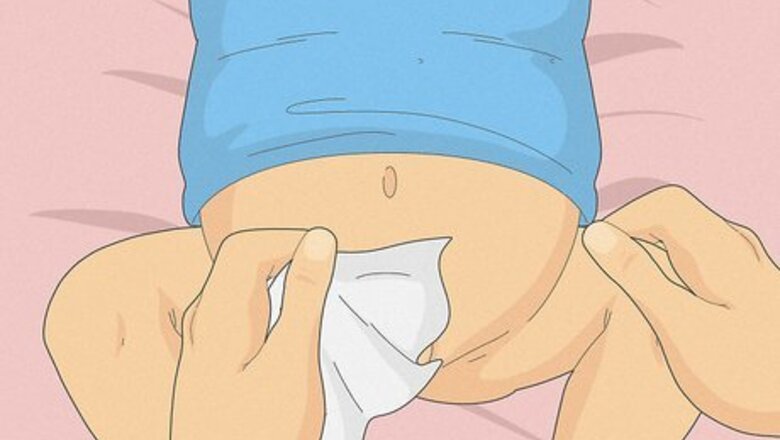
views
Caring for a Newborn's Circumcision
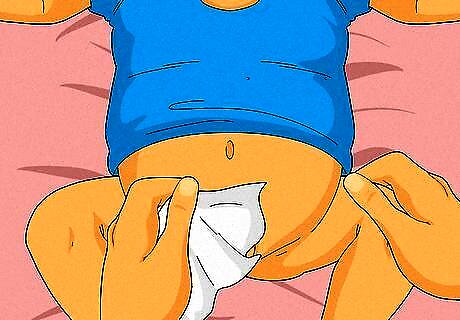
Clean the area after every diaper change. After every diaper change, make sure that no stool or urine remain on the circumcision area. Gently clean it with a soft cloth soaked with water and a mild baby soap, then dab it with a clean, wet cloth to rinse. Avoid using baby wipes on the area for at least the first 7-10 days as they may be abrasive and cause your baby pain.
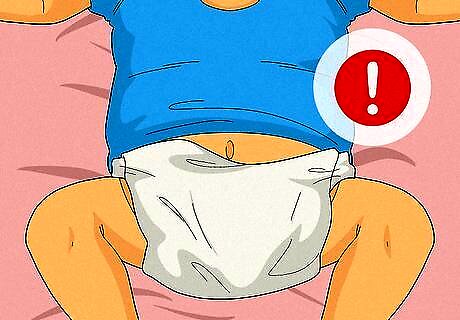
Let the area air-dry. After cleaning, allow the circumcision area to air-dry on its own. Towel drying can cause irritation to the wound while it is healing. If you give your baby a sponge bath, gently dry the rest of their body with a towel and avoid the circumcision area.
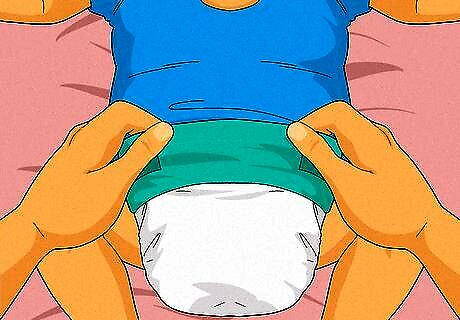
Check and change your baby's diaper frequently. To prevent infection or irritation, monitor your baby's diaper closely. Newborns may urinate 20 times a day, so check your baby's diaper every 2-3 hours (as well as when the baby cries or you sense a change is needed) to make sure it is not wet or soiled. Urine and stool may cause an infection in the circumcision wound if left for too long.
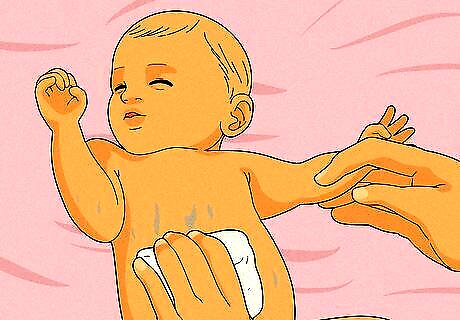
Opt for sponge baths. During the 7-10 days that your baby's circumcised penis is healing, avoid submerging it in water. Give your baby sponge baths with water and a mild baby soap. Wash your baby's head, face, and body separately, making sure to dry each area and cover your baby between parts to keep them warm.
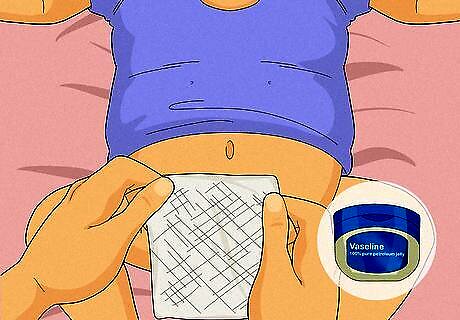
Dress the wound. While your baby's circumcision wound is healing, dress it to keep your baby's diaper from rubbing against it. Follow your doctor's instructions—usually, after cleaning and air-drying, gently cover the wound area with Vaseline or petroleum jelly to keep anything from sticking to it. Your doctor may also recommend wrapping a small piece of gauze around the circumcision wound before putting on your baby's diaper.
Looking After an Adult Circumcision
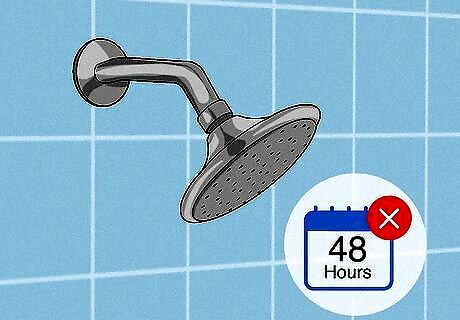
Avoid a bath or shower for the first 48 hours. During the first 48 hours after an adult circumcision, avoid getting the wound wet by skipping a bath or shower. Instead, clean up with a wet cloth or towel, avoiding the bandaged area. The circumcision wound should be watertight after 48 hours.
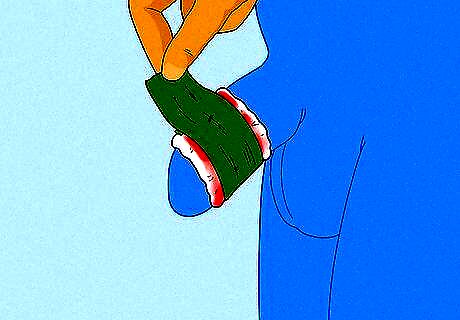
Remove the initial bandage. The bandage and gauze applied by the doctor after the circumcision should be removed 48 hours after the procedure by soaking the area in a shallow bath. Fill a bath or basin with warm water and salt (either Epsom salt or regular table salt) to promote healing. Let the bandage soak long enough that you can remove it without pieces of gauze sticking to the wound. Only soak the wound long enough to remove all the dried blood and gauze fibers from the area, then pat it dry gently with clean gauze.
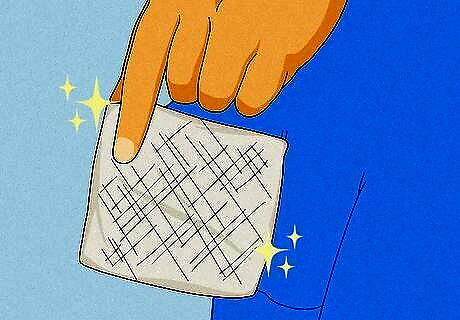
Apply clean, dry bandages regularly. Change your bandages every 24-48 hours or when they get wet. A few drops of urine can be overlooked, but liquid that saturates the bandage will be cause for a new dressing. Apply a small amount of Vaseline or petroleum jelly to the glans and shaft of the penis to prevent the bandage from sticking to the skin.
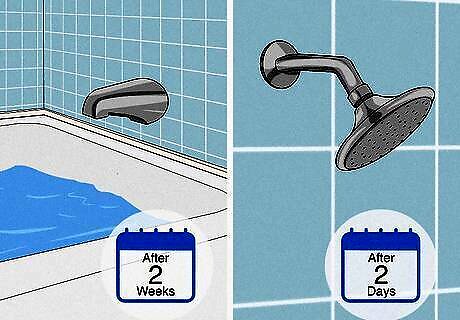
Wait at least 2 weeks before taking a bath. While a shower can be safe for the circumcised penis after 48 hours, the wound should not be submerged in a bath until it is healed (with the exception of removing the initial dressing). Taking a bath can wash bacteria into the wound, which may cause an infection. Initial healing normally takes 2-3 weeks, though healing time may vary depending on an individual's age, lifestyle, and medical history.
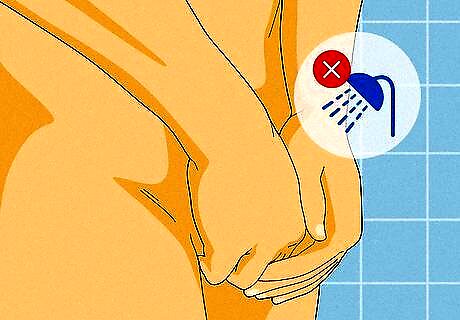
Shower carefully. When showering while the circumcised penis is healing, avoid letting the shower stream hit the wound directly. Shelter the wound site with your hand to prevent injury. Your hand will absorb the force of the water while still allowing the area to get wet.
Monitoring the Wound
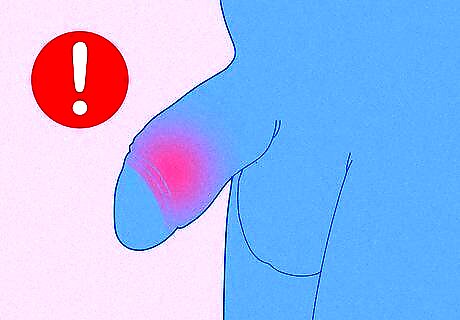
Check for redness, swelling, or a fever. Examine the wound site for signs of redness and swelling. Redness and swelling of the circumcision area are both normal during the typical 7-10 days it takes to heal. If the area grows redder or more swollen 5-10 days after the procedure, or if the area seems warm or more painful, contact your doctor since this could indicate an infection. Call your pediatrician right away if your baby has a fever of 100.4 °F (38.0 °C) or higher rectally, as they will need to be seen immediately.
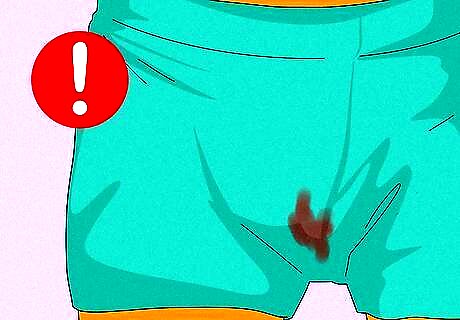
Look for blood. Check for signs of bleeding during the first few days after the circumcision. A few drops of blood (smaller than the size of a quarter) are normal during this period. Larger drops of blood or more persistent bleeding are signs for concern and warrant an immediate call to your doctor or child's pediatrician.
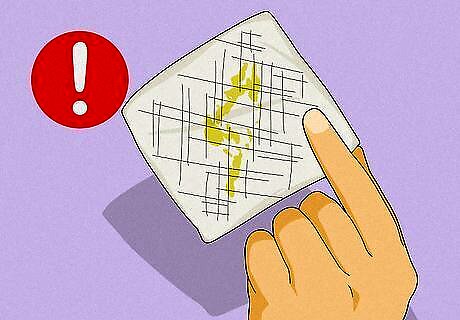
Watch for lasting yellow or green discharge. A small amount of scabbing and yellow discharge is normal during the healing process, but it is a cause for concern if it lasts longer than a week. Also note if the discharge is green, has a bad smell, or is increasing in amount as these can be signs of an infection. Check the circumcision site carefully for discharge. If you see any discharge 7 days after the procedure, contact your pediatrician.
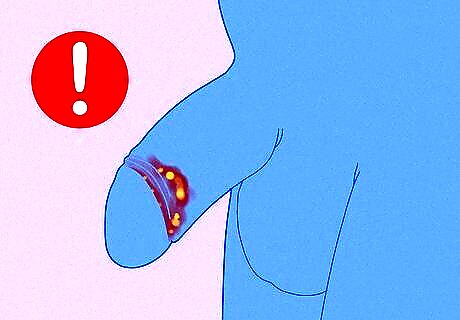
Inspect the wound site for sores. While a small amount of scabbing is normal while the circumcision site heals, you should not see any sores around the area. Check the wound for sores and contact your doctor immediately if you see any. Crusty, fluid-filled sores may be a sign of infection.
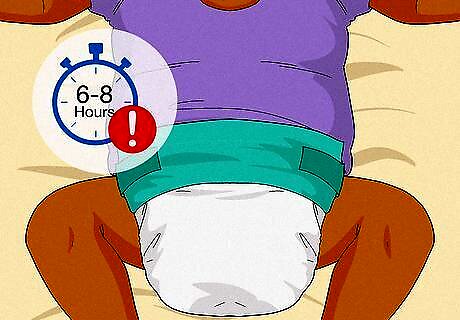
Keep track of urination. In the case of both newborn and adult circumcisions, a problem with urination is an important warning sign of complications or an infection. If your newborn does not urinate within 6-8 hours of the procedure, call your pediatrician immediately. If there is any pain or difficulty urinating following an adult circumcision, contact your doctor right away.



















Comments
0 comment